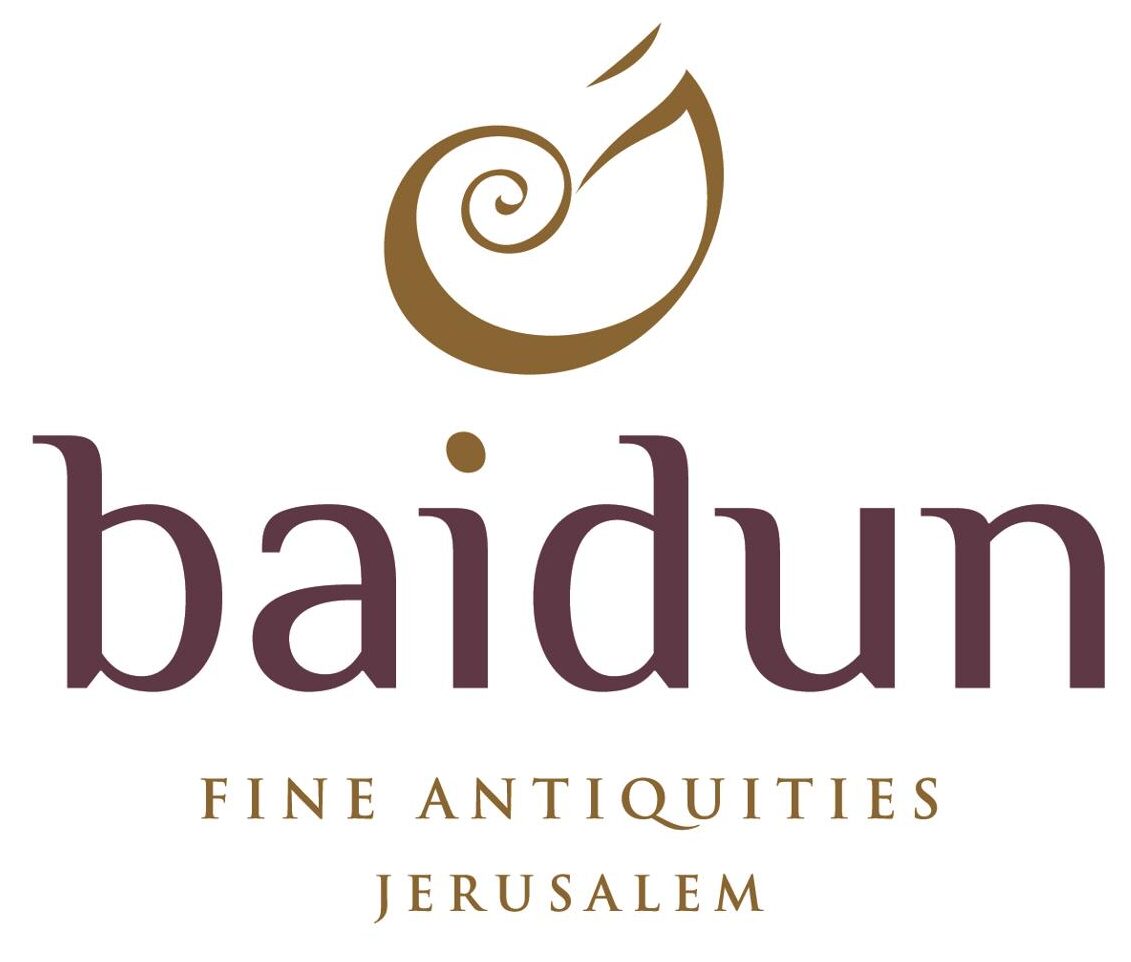Hidden History: 5 Treasures Of The World
Can you believe that 3 billion dollars each year fall into the hands of those plundering and trading art and antiquities? Many of the battles still persist in the search for these hidden treasures. Here are five treasures of the world and their stories.
 1. Nefertiti’s Bust
1. Nefertiti’s Bust
During a 1912 Egyptian excavation, German archaeologist Ludwig Borchardt discovered the bust of Nefertiti, a 14th Century BC Egyptian queen. He claimed to have made an agreement with Egypt that stated his rights to half of the findings. His reasoning was his promise to the country that he would have the sculpture put on display. He held true to his promise, and has had it on display in Berlin since 1923. However, a new document suggests that Borchardt intentionally misled Egyptian authorities about Nefertiti, showing the bust in a poor light and lying about its composition in order to keep his most-prized find. Currently, the bust is still in the hands of German authority.
 2. Ramses Mummy
2. Ramses Mummy
Once again, Egyptian antiquity is at the heart of this tragic story. It is thought that grave robbers may have sold the body to a Canadian museum sometime in the 1860s – landing itself in the hands of North American museums. In 1999, Atlanta’s Michael Carlos Museum received the mummy and used carbon dating and CT scans to place the mummy to the era of Ramses I. Once confirmed, they offered to return the body to Egypt, where it is now housed at the Luxor Museum.
 3. Euphronios Krater
3. Euphronios Krater
The Metropolitan Museum of Art acquired the 2500-year-old krater — an ornate bowl used to combine water with wine — for $1 million in 1972 – one of the fine and few known examples of the ancient painter Euphronios. However, it had been purchased from Robert Hecht, whom is now on trial in Italy on charges of conspiring to deal in looted antiquities. For many years, the Met faced many angry European calls to return the bowl to where it was found, which was originally right outside of Rome. In 2008, after some negotiation, the krater was returned.
 4. Koh-i-Noor Diamond
4. Koh-i-Noor Diamond
There are many different takes and sides to this particular story. Some references take this jewel all the way back to 3200 B.C. to ancient Mesopotamia. It may have once been 793 carets, before a jeweler’s maladroitness and a few subsequent refinements chopped it to the mere 109-caret chunk it is today. What is known, however, is that The Moguls possessed it in the 16th Century, only to lose it to the Iranians, who then lost it to the Afghans, which ended up in the hands of the Sikhs, and eventually to the British. You could imagine the kinds of claims and calls the British are currently facing.
 5. The Louvre’s Egyptian Frescos
5. The Louvre’s Egyptian Frescos
This feud between Paris’s Louvre Museum and the Egyptian government is fairly current. Zahi Hawass, head of Egypt’s antiquities department, claims the Louvre bought the fragments last year despite knowing that they were initially taken from a tomb in Egypt’s storied Valley of the Kings in the 1980s. A museum rep. claimed that the Louvre Museum was unaware the fragments were initially stolen, and said they would consider sending the fresco pieces back to Egypt.




